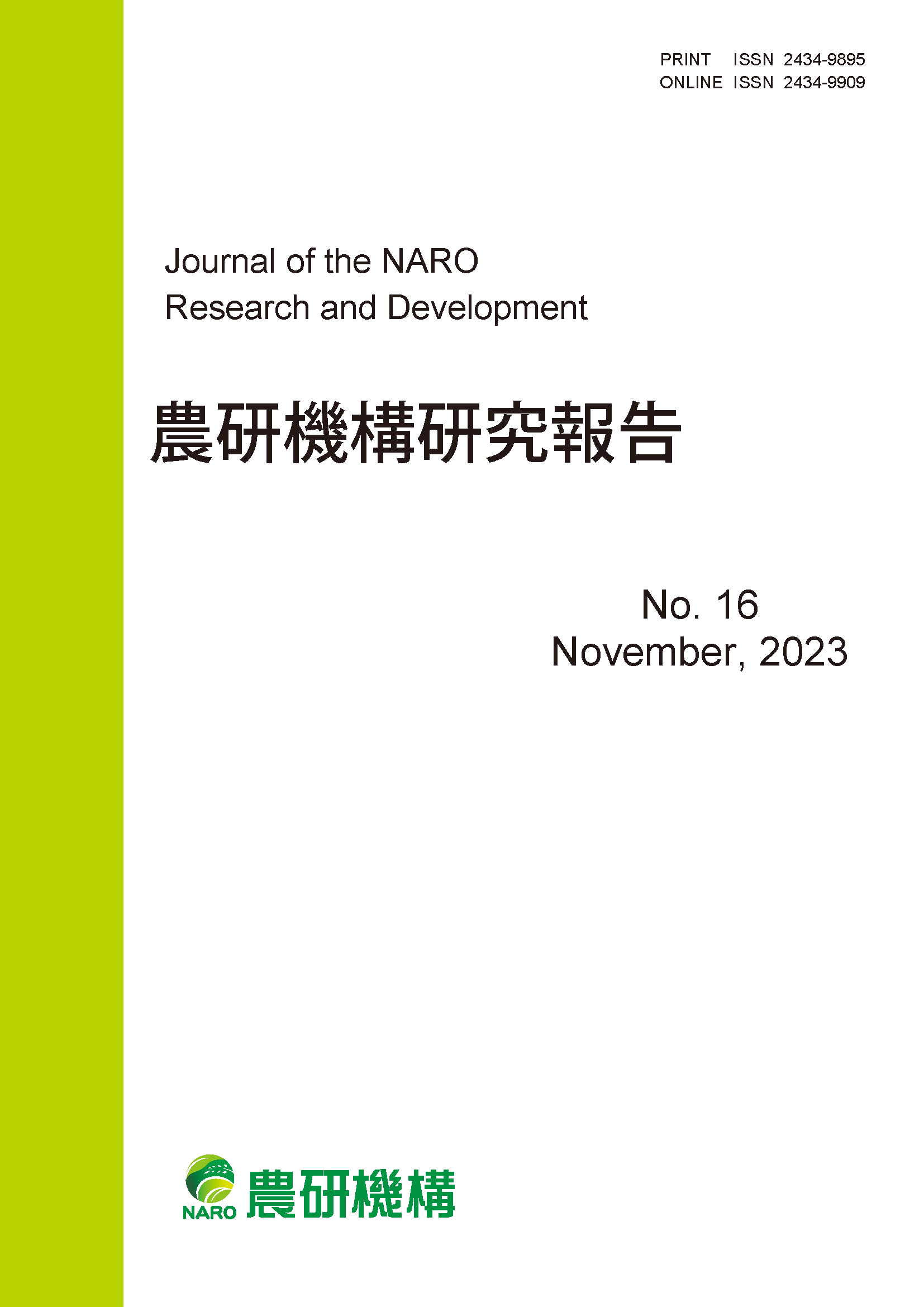Volume 2023, Issue 16
Displaying 1-7 of 7 articles from this issue
- |<
- <
- 1
- >
- >|
Cover, Index, Editorial board and Imprint
-
2023 Volume 2023 Issue 16 Pages 0-
Published: November 30, 2023
Released on J-STAGE: November 30, 2023
Download PDF (1113K)
Original Paper
-
2023 Volume 2023 Issue 16 Pages 1-13
Published: November 30, 2023
Released on J-STAGE: November 30, 2023
Download PDF (1805K) Full view HTML -
2023 Volume 2023 Issue 16 Pages 15-28
Published: November 30, 2023
Released on J-STAGE: November 30, 2023
Download PDF (1832K) Full view HTML -
2023 Volume 2023 Issue 16 Pages 29-42
Published: November 30, 2023
Released on J-STAGE: November 30, 2023
Download PDF (2320K) Full view HTML -
2023 Volume 2023 Issue 16 Pages 43-64
Published: November 30, 2023
Released on J-STAGE: November 30, 2023
Download PDF (2257K) Full view HTML
Contribution rule
-
2023 Volume 2023 Issue 16 Pages 65-
Published: November 30, 2023
Released on J-STAGE: November 30, 2023
Download PDF (1056K)
Erratum
-
2023 Volume 2023 Issue 16 Pages 69-
Published: 2023
Released on J-STAGE: November 30, 2023
Download PDF (938K)
- |<
- <
- 1
- >
- >|
